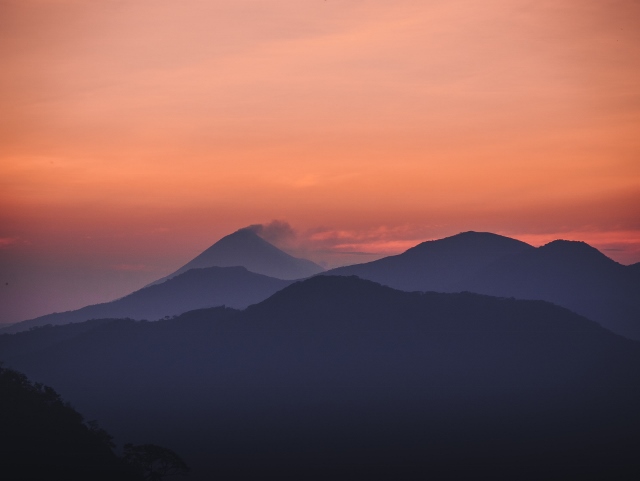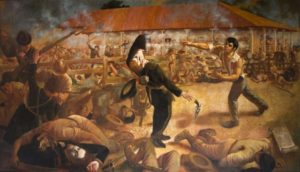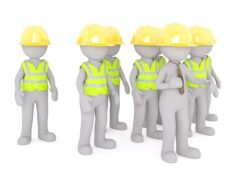
September 15th is the celebration of Nicaragua’s Independence from Spain in 1821.
Are all of the Central American countries celebrating their independence on the 15th of September?
Central America, the southernmost part of North America is made up of 7 different countries; Belize, Costa Rica, El Salvador, Guatemala, Honduras, Nicaragua and Panama.
However, only 5 of those countries; Costa Rica, El Salvador, Guatemala, Honduras and Nicaragua celebrate their independence from Spain on the 15th of September.
Belize (Belice) became independent from Britain on September 21, 1981. Prior to that and since 1973 it was known as British Honduras and remains a member of the British Commonwealth.
Panama celebrates their independence (from Colombia) on November 3rd and their independence (from Spain) on November 28th.
Brief History of Nicaragua’s Independence from Spain in 1821
Nicaragua was visited by Christopher Columbus in 1502 on his trip further south. He apparently explored the Mosquito Coast on the Caribbean side of the country. Even though the land was inhabited at the time by indigenous people of Aztec and Maya extraction, Columbus was not met with any opposition and sailed on.
It was almost twenty years later that the Spanish “Conqueror”, the Conquistador Gil González Dávila made an attempt to invade the country but was met with strong opposition.
Later, Francisco Hernández de Córdoba was able to establish his men in the country and founded Granada and León. Despite battles with the indigenous people, the invading forces won by enslaving the population and sadly many locals died from infectious diseases brought in from Europe that they had no immunities to (often the common cold).
Nicaragua became part of the “Kingdom of Guatemala” with countries now known as Costa Rica, Honduras, El Salvador and Guatemala as well as the Mexican State of Chiapas.
Great Britain had claimed the Caribbean coastal area of the Mosquito Coast which extended up into what is Honduras now. It was a stronghold for their navy and trade in the region.
During the 1800’s, Spain’s position was a lot weaker as a result of the “Peninsular War” in Europe as well as a revolt against King Joseph (Napoleon’s brother) who had been put in place as ruler of Spain by the French in 1808.
The goal of independence for Nicaragua was furthered after King Ferdinand came to the Spanish throne and on September 15th 1821, the Act of Independence of Central America was declared by the Province of Guatemala.
Although Nicaragua’s Independence from Spain was declared in 1821, it wasn’t until 1823 that they became a fully independent nation. In March of 1823, Mexico became a republic and Nicaragua separated from them in July of that same year.
There followed a short lived “Federal Republic of Central America” encompassing Nicaragua, Costa Rica, El Salvador, Guatemala and Honduras. However, by 1839 that had dissolved and Nicaragua became an independent country.
What was the battle celebrated on the 14th September, the day before Independence Day?
The battle of Haciendo San Jacinto, but that took place in 1856, long after the independence of Nicaragua from Spain in 1821.

This battle was between members of the Nicaraguan army and a group of filibusters at a small cattle ranch north of Managua. The hero of the day was a Nicaraguan army sergeant called Andrés Castro who threw a rock at an enemy soldier and killed him. This battle was the beginning of the end of the filibuster’s in Nicaragua.
It was pure coincidence that the battle took place the day before the independence, however, it makes for a nice two day celebration.
The Central American Torch of Freedom (Antorcha Centroamericana de la Libertad)
Every year since 1964, an Olympic style torch begins its Journey from Guatemala through each of the five Central American countries and finishes up in Costa Rica on the 15th of September.
Nicaragua picks up the torch at the Las Manos (Honduras) border post after which it takes three days to traverse the country, clocking up over 500 kilometers carried by students from every region of Nicaragua as well as members of the Nicaraguan Army.
The flame will be in Managua on Monday the 12th of September, after which it will be carried to the Peñas Blancas (Costa Rica) border post, in southern Nicaragua.
Five Famous Birthdays on September 15th
Marco Polo – Explorer
William Howard Taft – 27th President of the Unite States
Tommy Lee Jones – Actor
Tom Hardy – Actor
Prince Harry – Youngest son of King Charles III and now fifth in the line to the throne.






